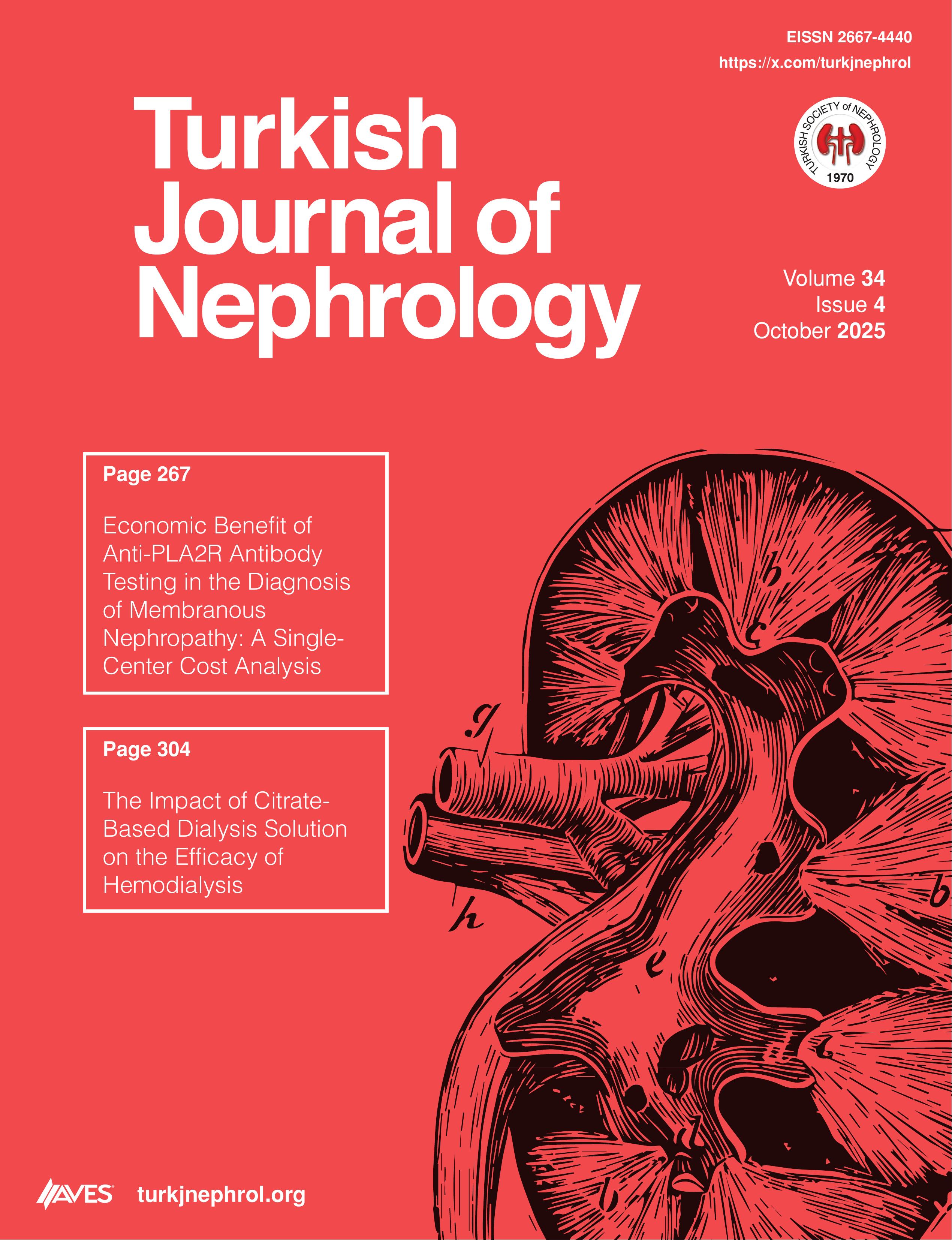Background: Urinary tract infection (UTI) is a common infection in children and can lead to significant complications if left untreated, including chronic kidney disease. This study assessed the prevalence, predictors, and outcome of UTI among febrile children.
Methods: A hospital-based prospective cohort study was conducted. Two hundred febrile children aged 2 months to 15 years were consecutively recruited. Socio-demographic characteristics and clinical features of the subjects were recorded. Urine samples were collected from each child and subjected to urinalysis, culture, and sensitivity. A kidney ultrasound scan was also performed on the subjects to determine its value in predicting UTI.
Results: The prevalence of UTI was 19.5%, with Staphylococcus aureus as the most common isolate (28.2%), followed by Escherichia coli and Klebsiella species (23.1% each), while Acinetobacter species was the least (2.6%). The isolates were mainly sensitive to fluoroquinolones and aminoglycosides but resistant to commonly used penicillins. Predictors of UTI in the study included positive leukocyte esterase (Adjusted Odds Ratio [AOR] = 11.778, 95% CI = 2.772-50.039, P = .001), pyuria (AOR = 12.568, 95% CI = 2.321-68.062, P = .003), and presence of internal echoes within the bladder on sonography (AOR = 5.543, 95% CI = 0.533-57.665, P = .004). The study demonstrated an excellent short-term outcome, with unresolved bacteriuria at 2 weeks recorded at 5.3% and a re-infection rate at 12 weeks of 2.6%.
Conclusion: Urinary tract infection is a significant concern in pediatric populations, warranting early detection and appropriate management. The favorable short-term outcomes observed in this study underscore the importance of prompt diagnosis and treatment in improving patient prognosis.
Cite this article as: Masu AM, Imam RA, Mustapha MG, Garba MA, Kadaura MU, Yauba MS. Urinary tract infections in febrile children: Prevalence, predictive factors, and outcomes in a tertiary care facility of a developing nation. Turk J Nephrol. 2025;34(3):213-222.

.png)

.png)

.png)
